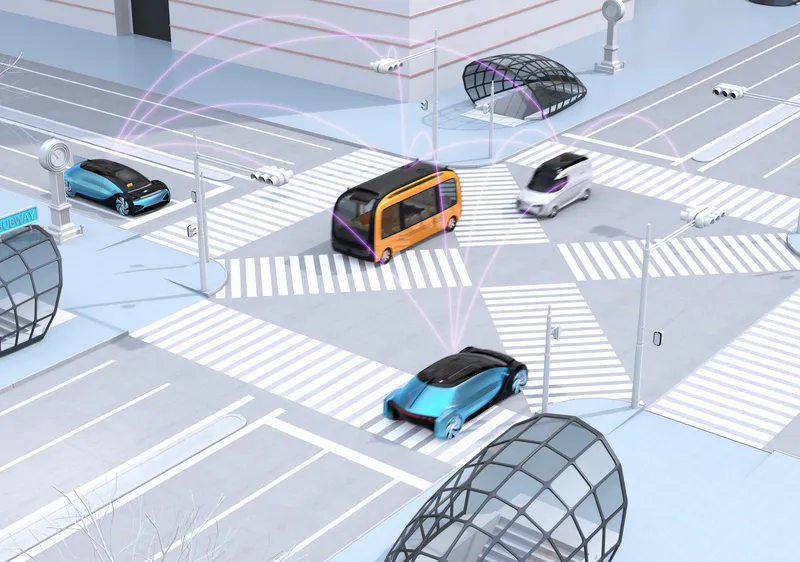Nodumtraffic.com allows closures to be programmed in order to maximise traffic flow, allowing traffic managers and transportation departments to communicate with one another.
The company says its ‘point-and-click’ route designer with
Nodum claims that it will allow “enormous savings” on highway construction projects, while eliminating human error and improving coordination between the various parties involved.
Using a Software as a Service model, project managers can specify the information needed for a road project that demands traffic detouring. “Effective planning ensures the most effective road interventions, thus saving money and valuable resources while improving overall traffic flow,” the company insists.
Nodum launches road closure coordination software
Start-up Nodum has launched a product which allows transit authorities and construction engineers to coordinate road closures to minimise disruption.
November 1, 2019
Read time: 1 min










